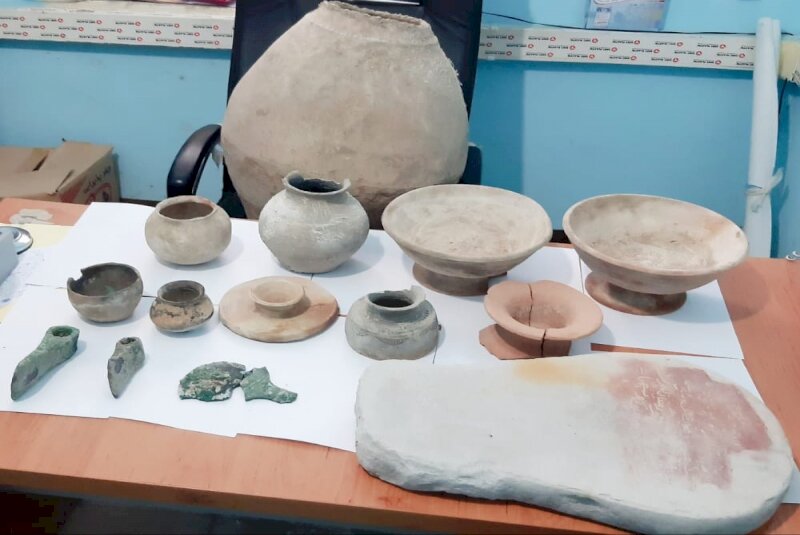Heavy rain exposes ancient objects southeastern Iran

TEHRAN – A torrential rain has unearthed some ancient relics on the outskirts of a historical site in Kerman province, southeast Iran, a senior police official in charge of protecting cultural heritage has said.
Security guards have recently discovered seven historical objects during their routine patrols in Qalehganj county, CHTN quoted Seyyed Ali Hosseini as saying on Thursday.
The objects, which were unearthed due to the recent heavy rains in the region, were handed over to the province’s Cultural Heritage, Tourism and Handicrafts Department for further studies by the archeologists and cultural heritage experts, the official added.
He also noted that the objects include clay and stone utensils, daggers, and iron objects.
Qalehganj (also spelled Qale Ganj) has so far yielded tens of prehistorical sites and relics including a variety of ancient hills, archaeological sites, cemeteries, subterranean aqueducts, shrines, lithographs, kilns, caravanserais, and castles, many of which so far been identified and documented.
Big and sprawling Kerman province is something of a cultural melting pot, blending various regional cultures over time. It is also home to rich tourist spots and historical sites including bazaars, mosques, caravanserais, and ruins of ancient urban areas.
Kerman province is bounded by the provinces of Fars on the west, Yazd on the north, South Khorasan on the northeast, Sistan-Baluchestan on the east, and Hormozgan on the south. It includes the southern part of the central Iranian desert, the Dasht-e Lut.
ABU/AFM
Leave a Comment